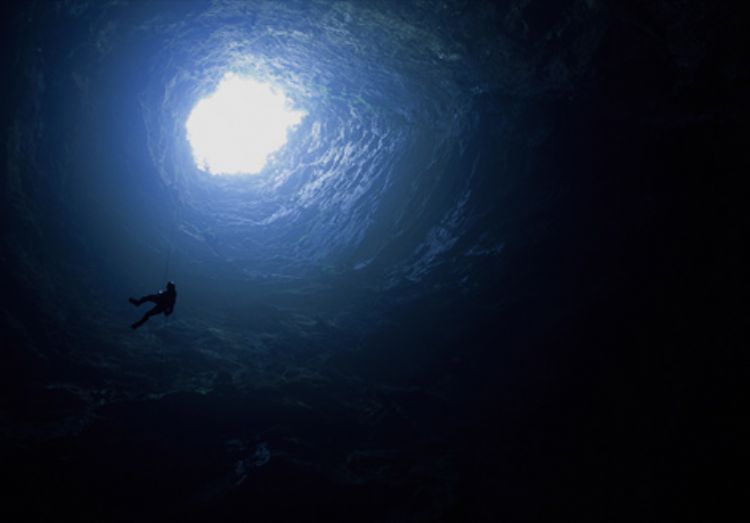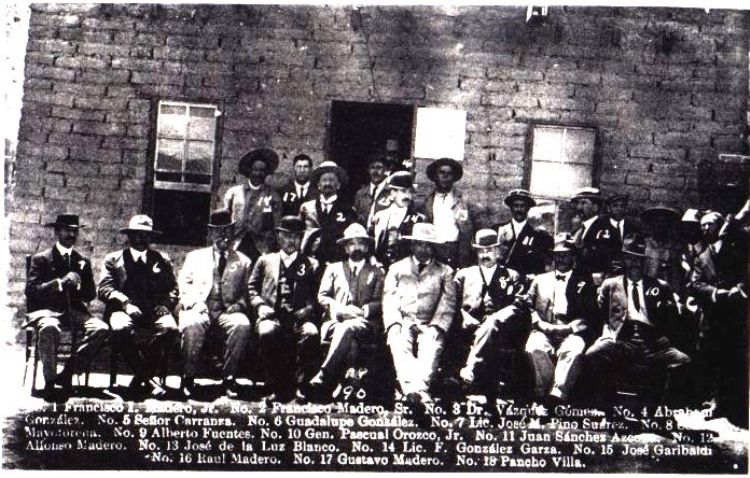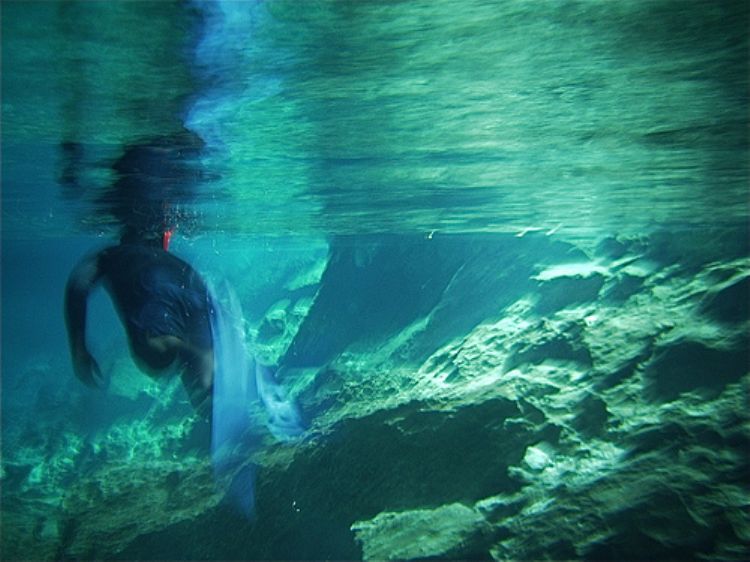Cave of Swallows, San Luis PotosÃ

Cave of Swallows is a natural abyss located in the state of San Luis Potosi. This cave of karst origin was formed by the water of limestone plain. The entrance measures approximately 205 feet. The entrance provides a free fall of 1220 feet to the caveâs bottom. Its interior is conical in shape; the bottom has 990 feet in diameter. These measurements make it the second deepest cave in Mexico and the 11th in the world.
Despite its name, this natural refuge doesnât host swallows, but rather white-collared swifts apus apus (relatives of the swallows and hummingbirds) and the parrots Aratinga holochlora, known as green conures.
These birds do surprising rituals. At dawn, thousands of them fly in an orderly fashion to the coasts of Veracruz, more than a hundred kilometers away, in search of food. To exit the cave, the birds fly in circles, gradually flying upwards until they reach the surface. Birds do this every morning and this exodus has become part of the tourist attraction.
In the evenings, they fly in spirals for then precipitating to their nests in the caveâs deep abysm. A large group will circle the entrance to the cave and about once a minute, a group of perhaps fifty will break off and head straight for the entrance. Once they cross the edge, they pull in their wings and free-fall into the cave. They extend their wings and pull out of the dive once they reach the height of their nests.
This orographic accident was discovered in 1976 by a team of ornitologists from the university of Texas, who were studying the birds of the caves in the Huasteca potosina, promoting the importance of such caves as a place of refuge for birds against predators.
The region of the Huasteca is inhabited by the tenek, who still preserve their identity of language, beliefs, traditions and life style despite having been conquered by the nahuas, Spanish and mestizos throughout history.
Although the site was initialy interesting only for scientists, this cave currently attracts speleologists and tourists. It is considered a biosphere reserve by the government of Mexico, granting it protection against the siteâs excessive exploitation. However, ornitology studies indicate there has been a gradual decrease in the bird population inside the cave, probably due to visitors.
The vertical position of this cave makes it very popular for those who enjoy rapell, which takes a few minutes to the bottom and more than an hour to ascend back to the surface. Inside the cave temperature are cold and during raining season, the entrance of the cave is flooded by waterfalls.
Descending to the cave requires experience, special equipment and permits. However, people enjoy the extraordinary ritual of the sparrows and conures when they return at dawn; visiting the surrounding and photography, observing the flora and fauna in its habitat.
Artículo Producido por el Equipo Editorial Explorando México.
Copyright Explorando México, Todos los Derechos Reservados.
Foto: Stephen Alvarez, National Geographic






